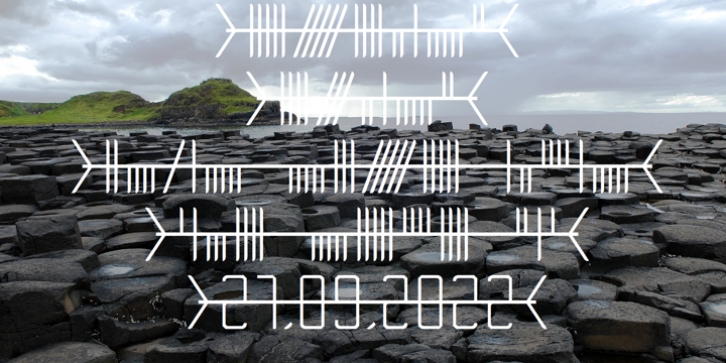

Ogham (/ˈɒɡəm/ OG-É™m, Modern Irish: [ˈoË(É™)mË ]; Middle Irish: ogum, ogom, later ogam [ˈɔɣəmË ] is an Early Medieval alphabet used primarily to write the early Irish language (in the "orthodox" inscriptions, 4th to 6th centuries CE), and later the Old Irish language (scholastic ogham, 6th to 9th centuries). There are roughly 400 surviving orthodox inscriptions on stone monuments throughout Ireland and western Britain, the bulk of which are in southern Munster. The largest number outside Ireland are in Pembrokeshire, Wales.
The vast majority of the inscriptions consist of personal names.
According to the High Medieval BrÃatharogam, the names of various trees can be ascribed to individual letters. For this reason, ogam is sometimes known as the Celtic tree alphabet.
The etymology of the word ogam or ogham remains unclear. One possible origin is from the Irish og-úaim 'point-seam', referring to the seam made by the point of a sharp weapon.
File Size: 18.66 MB
Supported languages: English, Turkish
